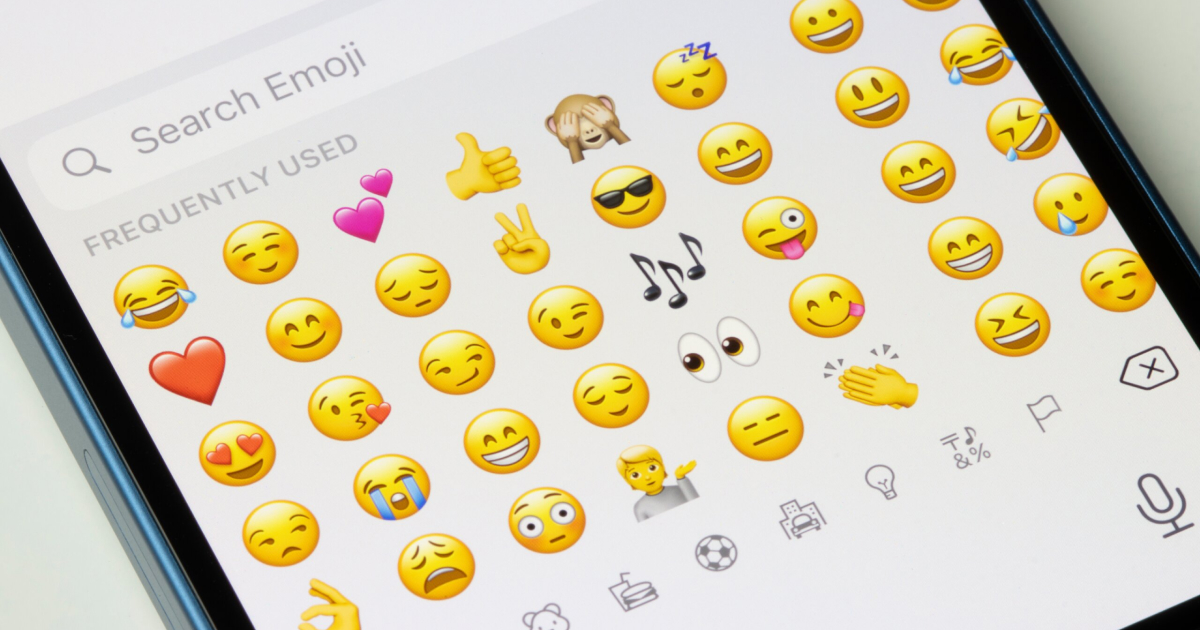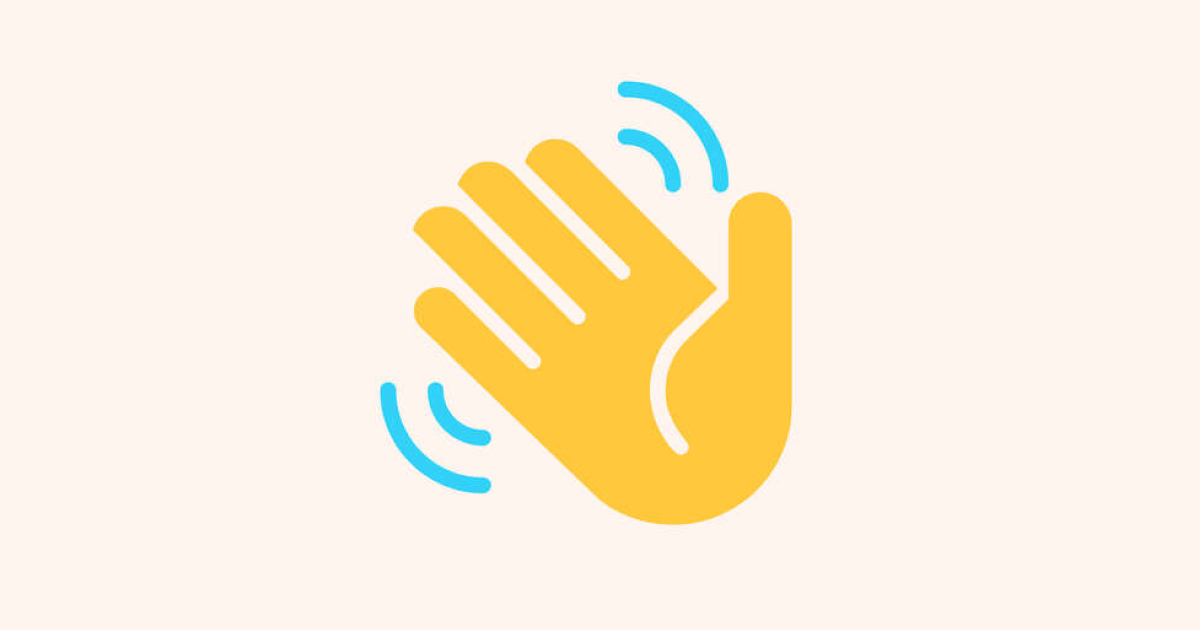Typical problems in a teen group (and solutions)
- Teaching qualifications
- Activities
- Tips & Strategies
- Methodology

18.09.2023
Gestures are an integral part of the teaching and learning process, especially when it comes to online teaching where the possibility to communicate with your students is somehow limited.
However, is using gestures always a good thing? When and how should we use gestures? What should we do if we find ourselves overusing gestures?
We will try to give answers to all of these questions in this article.
Work with your teenage students effectively
Don’t get me wrong: gestures may serve for the benefit of classroom management.
Here is how:
As we can see, there are a lot of ways we can use gestures at the lesson and get a benefit from it. Improved classroom management, better comprehension and increased retention are only some of them.
Are there any cons, though?

Transform your teacher talk
Engage the students with us!Of course, there is nothing perfect under the sun, and using gestures might have some negative influence.
Here are some of the examples:
So, here we are with a pretty big list of possible problems where the second, third and fourth points are especially interesting.
How to build consistency in your classroom? What to do if you overuse certain gestures? What if something can’t be explained with the help of gestures?

The thing is that gestures are not the panacea to all the problems.
Some obstacles can be overcome even without gestures as online software gives us a lot of new opportunities and takes our imagination to another level.
Here are some of the ideas on how to “communicate” with your students non-verbally and without gestures:
Using emojis is an extremely underrated tool which can be converted into an effective way to:
In addition, emojis can be used instead of gestures.
You may choose a certain emoji to react to the mistakes: how about this one 😵? Students may also use emojis to express their emotions (😝), readiness (💅), need for help (🤯), etc.
This tool is great indeed as it serves as an additional non-verbal source of information both for the teacher and the students and can be reacted to instantly (as in the case with the mistakes).
Plus, it is always fun and makes lessons even more engaging.
Thankfully, the majority of software that is used for teaching online has a great range of emojis to choose from.

Reactions are pretty similar to emojis, however, it is much harder to misinterpret them and they hang out near your profile picture as long as you need them to.
That is why it is an extremely useful feature for any discussion or debate as you may clearly see who wants to contribute.
Moreover, you have a list based on the time the hand was raised. In this way, you get an accurate list of volunteers who you may nominate one after another.
It is also a useful tool for the teacher to indicate the will or need to interrupt the students without being rude or rapid.

The chat of the conference is another great savior as you don’t need to show or say anything anymore.
You may just send an instant message with certain instructions, emergent language, or a sentence which needs to be reviewed.
It is an easy and effective way to share some information that can be referred to at any point of the lesson and for various purposes.
Why is digital literacy important?
Last but not least, annotation may also replace gestures. Circle the items, put question marks, attract students’ attention with the help of certain signs and bright colors. All of that may be super effective for a change.

In conclusion, gestures should be used with caution and moderation to prevent misunderstanding or distraction among students, even if they may be an effective tool for improving classroom communication and learning.
In order to guarantee that gestures are utilized responsibly and successfully in the classroom, it is crucial to have the proper training, be aware of cultural and learning differences and not be afraid to try out solely “online” new ways of communication.
Using gestures is great because they can't be misinterpreted.
Arina Kravchenko
Author
Teacher of General English & IELTS
Comments
Leave your comment